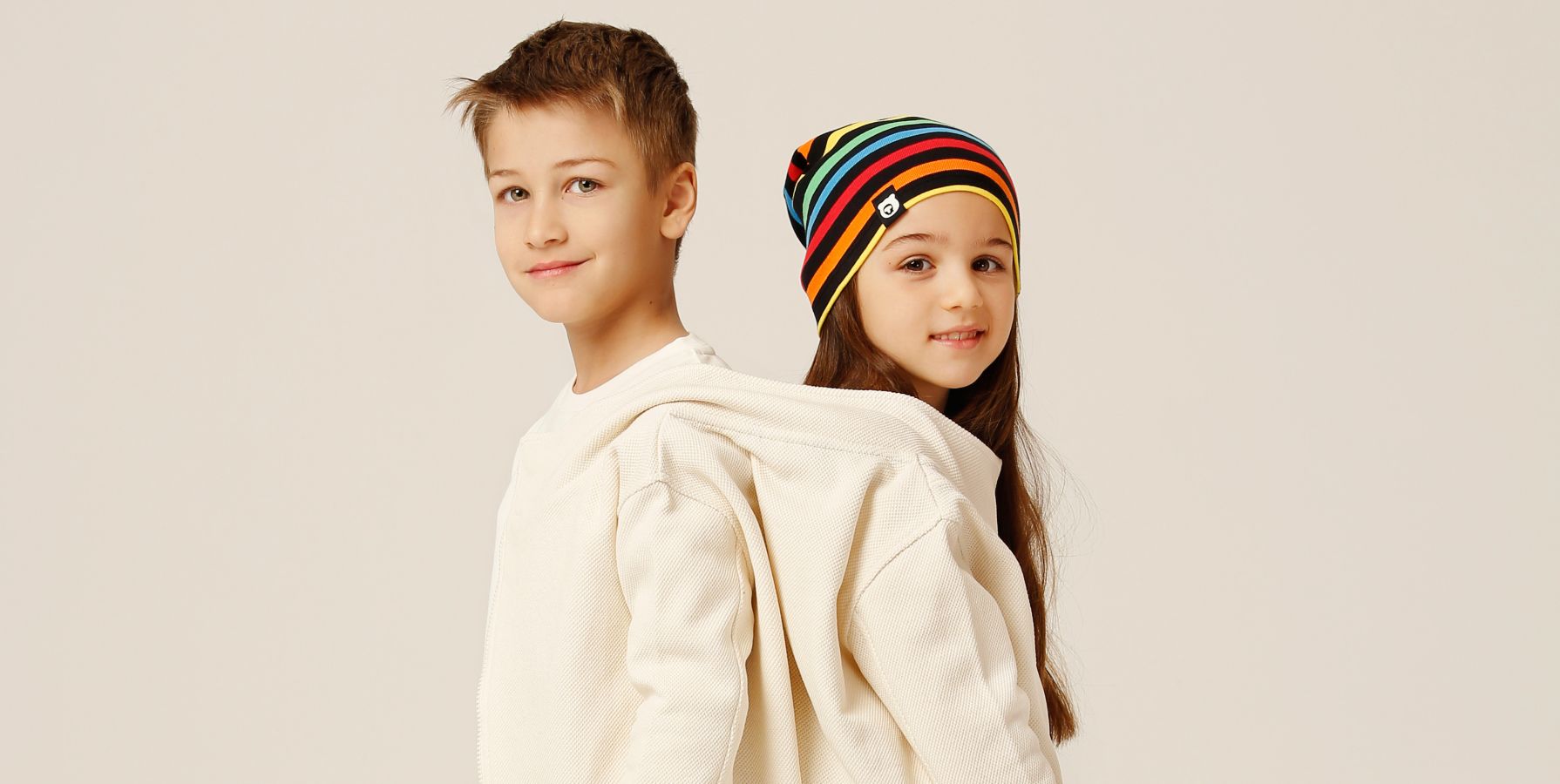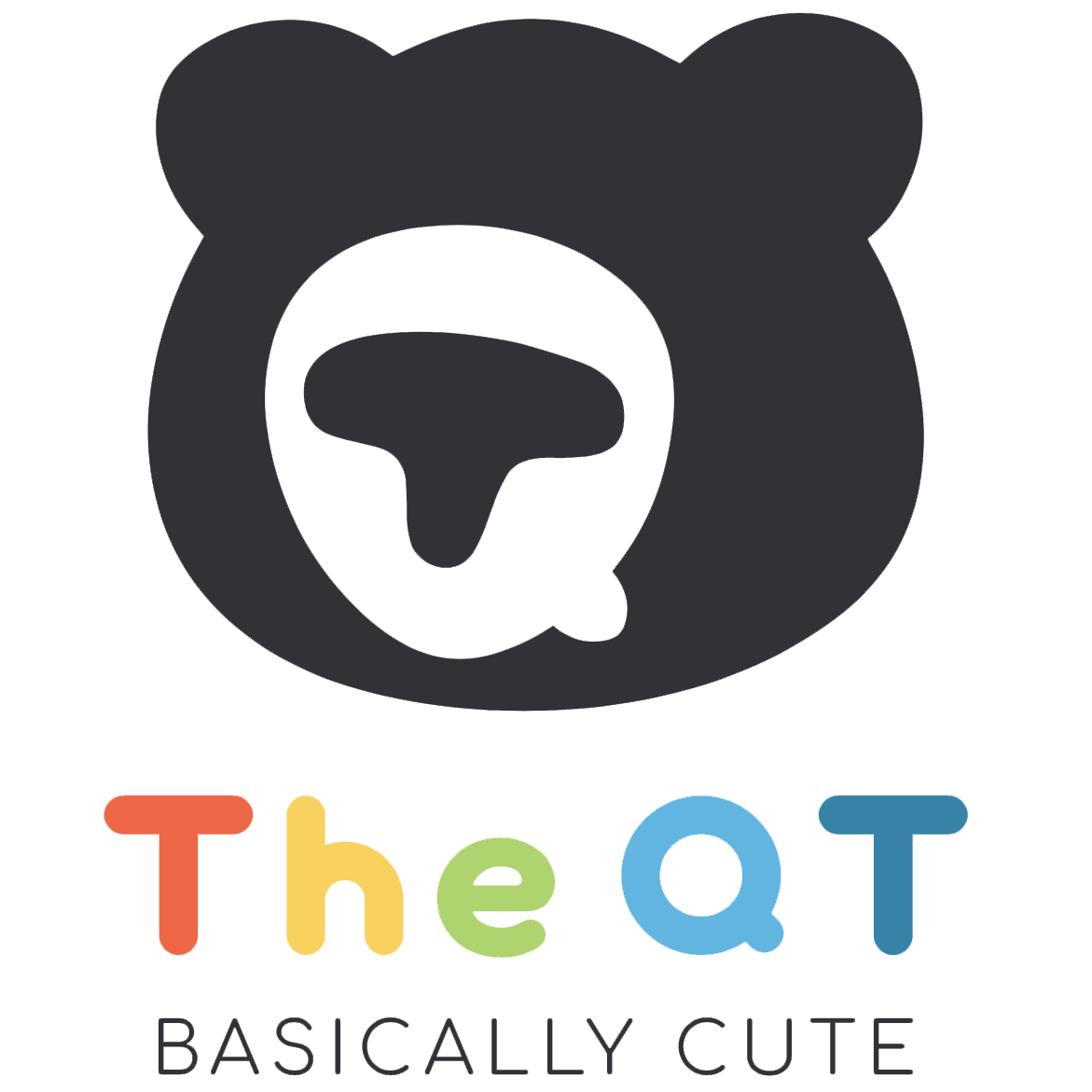
The Importance of Raising Kids Free from Gender Stereotypes
Raising kids free from gender stereotypes is crucial for their healthy development and well-being. Gender stereotypes are preconceived notions about the characteristics, behaviours, and roles that are deemed appropriate for boys and girls based on their gender. These stereotypes are harmful as they limit children's potential, reinforce gender roles, and contribute to gender inequality.
One way to help raise kids as equals is by providing them with gender-free or gender-neutral clothing. Clothing is often used to convey gender identity and to signal conformity to gender roles. This can lead to children feeling pressure to conform to these gender roles and to express their gender identity through their clothing choices.
The QT is created and designed by a parent, who was frustrated by the kids’ clothing stereotype that “cute” is for girls, making it close to impossible to find clothing with adorable prints for boys after toddlerhood. The QT brings to you gender-free "cute" clothing that boys and girls can enjoy - equally.
Furthermore, gender-free clothing like ours can help break down these stereotypes and allow kids to express themselves freely. Gender-free or gender-neutral clothing is clothing that is not designed specifically for one gender, but rather is meant to be worn by anyone, regardless of their gender. This type of clothing can include unisex t-shirts, hoodies, jackets, shorts and pants, even certain styles of dresses, designed to suite all genders.
By providing children with gender-free clothing, parents and caregivers can help children feel more comfortable in their own skin and allow them to express themselves in a way that is authentic to them. This can also help children to feel more confident and secure in their own identities, which can have a positive impact on their overall well-being.
In addition to providing children with gender-free clothing, there are other ways that parents and caregivers can help raise kids free from gender stereotypes. This can include:
- Using gender-neutral language when talking to and about children
- Encouraging children to participate in a variety of activities and hobbies, regardless of whether they are traditionally associated with their gender
- Allowing children to make their own choices about their clothing and appearance
- Being a good role model by challenging gender stereotypes in your own life and behaviour
Overall, it is important to raise kids free from gender stereotypes in order to promote their healthy development, well-being, and equality. Gender-neutral clothing like The QT's allows children to express themselves freely and confidently. By providing children with this type of clothing and modelling inclusive behaviour, parents and caregivers are also helping to create a more equal and accepting society for all.
References:
- The American Psychological Association (APA) has published guidelines for practice with transgender and gender nonconforming clients, which includes recommendations for supporting the healthy development of children and adolescents who do not conform to traditional gender roles and expressions. These guidelines can be found at https://www.apa.org/pi/lgbt/resources/guidelines.
- The World Health Organization (WHO) has also published a report on "Gender and health," which discusses the impact of gender stereotypes on health and well-being. This report can be found at https://www.who.int/publications/i/item/9789241548397.
- The Gender Spectrum Collection is a resource for parents and caregivers looking for gender-inclusive clothing and toys for children. They offer a range of products that are not marketed specifically for one gender, and also provide resources and information about gender-inclusive parenting. Their website can be found at https://www.genderspectrumcollection.com/.
- "The Gender Creative Child: Pathways for Nurturing and Supporting Children Who Live Outside Gender Boxes," by Diane Ehrensaft, is a book that provides guidance and support for parents of gender-nonconforming children. It discusses the importance of allowing children to express their gender in their own way and offers strategies for creating a supportive and accepting environment.


